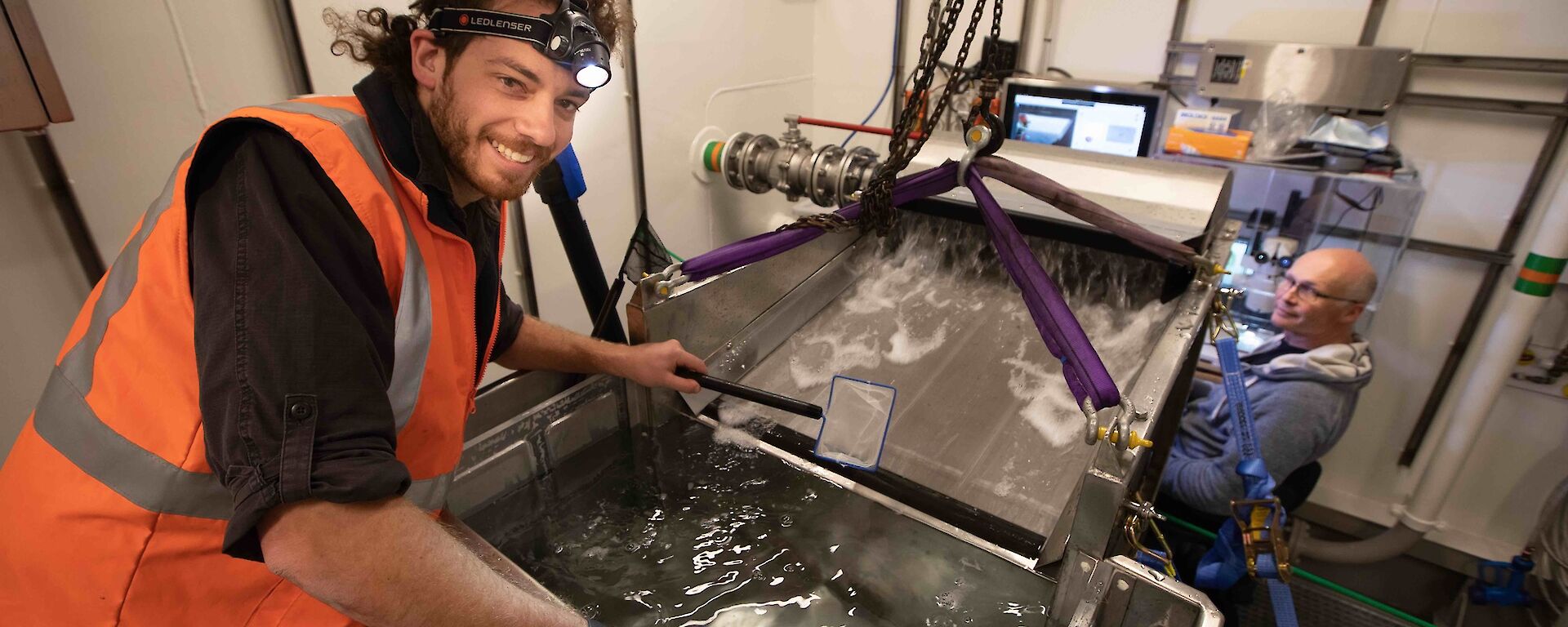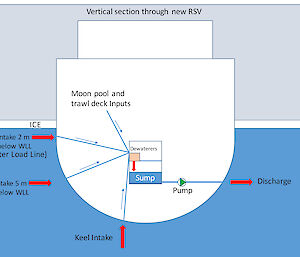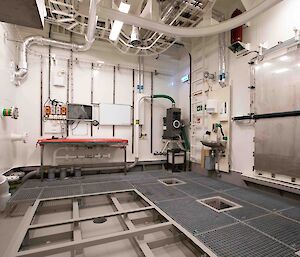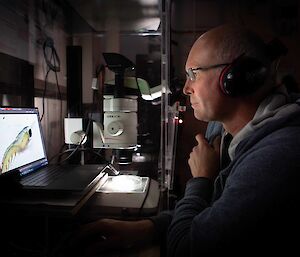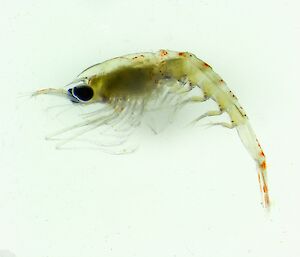This unique watertight space, below the water line, is connected to the ocean by large inlets, two and five metres below the surface, and in the keel. Water can also be piped from the moon pool and trawl deck.
Seawater gravity feeds into the space and on to ‘filter tables’ designed to catch krill and more fragile life forms like jellyfish and salps. Viewing tanks above each filter table allow operators to watch for fragile life forms, collect them, and place them in a temporary aquarium. Hardier organisms like krill are caught on the filter tables, where they can be collected and transferred to the aquarium as well.
Locating water inlets at different depths allows scientists to see how the krill and plankton community changes over time – as many marine organisms are known to rise to the surface at night to feed, and descend during the day.
Scientists anticipate that the ability to catch fragile organisms – previously only captured in perfect condition by divers – will open up new research opportunities. Some of these species, such as salps, could become more prominent ecosystem players if krill are negatively affected by climate change in the future. For the first time scientists will be able to collect them live and in perfect condition, and study their growth rates, physiology, reproduction and behaviour.

